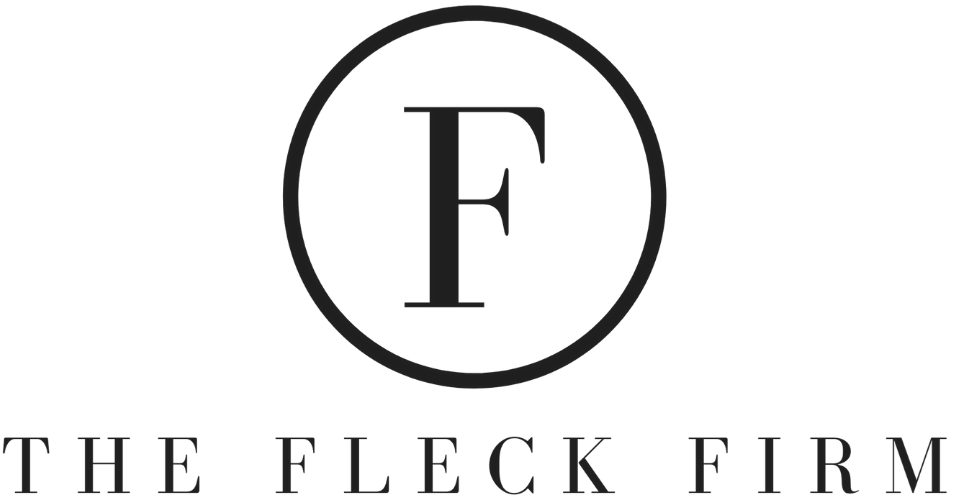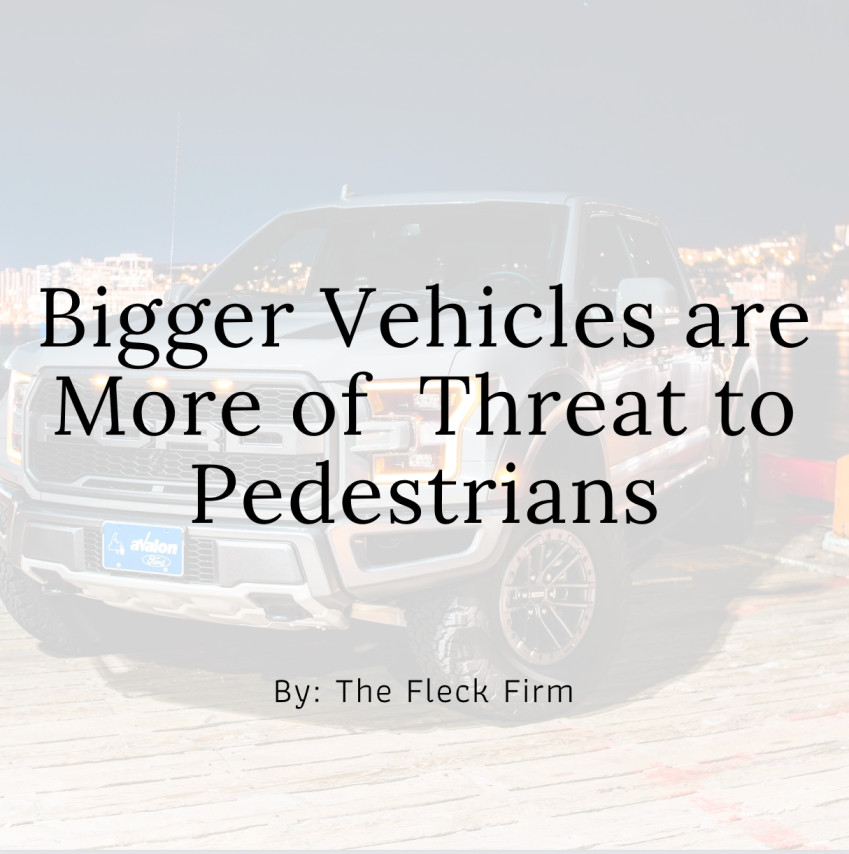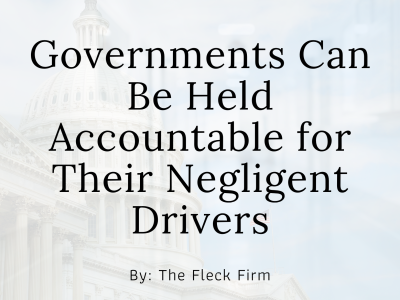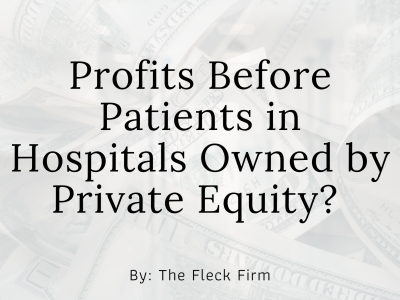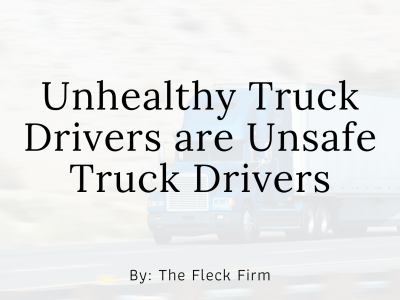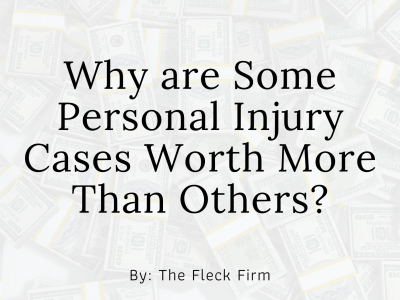SUVs, pickups, vans, and minivans are much more likely than sedans to strike a pedestrian when making turns, reports a new study from the Insurance Institute for Highway Safety (IIHS). The findings suggest larger vehicles may not give drivers a clear view of those crossing the road.
These larger, heavier vehicles pack more punch when they strike pedestrians, causing more severe injuries. The IIHS states they’re dangerous for other reasons as well.
The fact there are more, bigger vehicles on the road is one explanation for the fact pedestrian crash deaths have gone up almost annually since hitting a low point in 2009. They rose 59 percent to more than 6,500 fatalities in 2020 when an estimated 54,700 pedestrians were injured in vehicle accidents.
Pickups, Vans, Minivans, and SUVs are More Likely to Kill Pedestrians
IIHS published a study in 2020 showing SUVs and pickups are more of a threat to pedestrians than cars. The latest paper shows certain kinds of vehicle-pedestrian accidents (including when the vehicle turns) are more likely if SUVs, vans, pickups, and minivans are involved than cars.
The researchers considered the most frequent kinds of single-vehicle, single-pedestrian accidents. They also looked at how three larger vehicle types were involved:
- The odds that a crash would kill a person crossing a street while vehicle turned left versus no turn were about twice as likely for SUVs, almost three times as high for vans and minivans, and nearly four times as high for pickups compared to cars
- The chances a vehicle would kill a pedestrian crossing a street while turning right were 89 percent higher for pickups and 63 percent more likely for SUVs than for cars. These accidents made up more than 900 of about 5,800 fatal pedestrian crashes at or near US intersections from 2014 to 2018
Turning crashes were the most common intersection crashes, but vehicles going straight caused the most fatal intersection crashes nationwide.
Other attorneys take contingent fees of 33% to 50% of your settlement.
We want you to keep more of your money.
Our contingent fee is only 30% on cases settled prior to filing suit.
Larger Vehicles are More Likely to Injure Pedestrians Too
It’s not just pedestrians crossing roads who are in danger. An SUV and a pickup are 51 percent and 25 percent more likely than a car to kill a pedestrian walking or running along the road than one crossing in front of the vehicle.
Accidents involving those walking along roadways are more likely in rural areas. They account for about 2,500 of roughly 14,000 fatal pedestrian crashes in the US that didn’t involve intersections.
Researchers reviewed a federal database of fatal crashes and pedestrian crashes of all types in North Carolina from 2010 to 2018. The data showed:
- Pickups were 42 percent more likely, and SUVs were 23 percent more likely than cars to hit pedestrians when turning left at or near an intersection
- Accidents involving turns were 2,070 of 5,500 crashes at or near intersections
Pickups were 80 percent, SUVs were 61, minivans and vans were 45 percent more likely than cars to hit a pedestrian running or walking along the street. These accidents were about 1,650 of the state’s roughly 7,600 crashes away from intersections
The Extra Risk of Harm May Be Caused by the Vehicles’ Design
An explanation could be the size, shape, or location of the A-pillars supporting the roof on both sides of the windshield. They may create blind spots that make it harder for drivers of larger vehicles to see pedestrians crossing a road when they turn.
Heavier vehicles need stronger pillars to protect occupants if a rollover crash happens. Other design issues causing pedestrian visibility problems may be high ride heights, and long front ends.
What’s the Next Step?
If you or a loved were a pedestrian injured by a vehicle and you’re looking for an experienced attorney, call The Fleck Firm for a free consultation at (270) 446-7000. Our team is dedicated and compassionate when fighting for your rights. We can talk about the accident, your injuries, the law, and your best options to proceed. You will be fully informed about your case, the challenges you face, and the strengths of your case. Insurance companies have lawyers. You should have one too.
